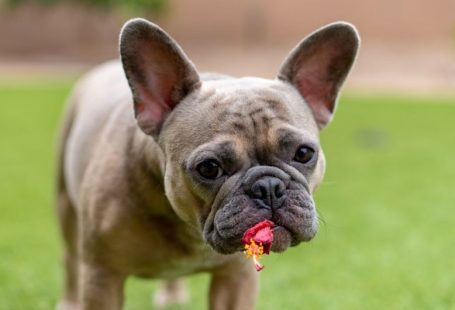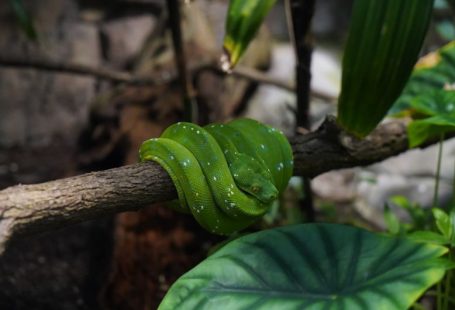Exotic pets can make wonderful companions, bringing a unique charm and personality to your home. However, caring for these animals requires special attention and knowledge to ensure their safety and well-being. Whether you have a reptile, bird, or small mammal, handling your exotic pet correctly is crucial for both their health and your own. Here are some essential tips on how to handle your exotic pet safely.
Understanding Your Pet’s Behavior
Before attempting to handle your exotic pet, it is important to understand its behavior and temperament. Different species have different needs and preferences when it comes to handling and interaction. Take the time to research your pet’s natural behaviors and body language cues to better anticipate their reactions.
For example, some exotic reptiles may become stressed or agitated if handled too frequently or roughly. Birds, on the other hand, are highly social creatures that may enjoy human interaction but can also become easily startled by sudden movements. By observing and learning about your pet’s behavior, you can build trust and create a positive handling experience for both of you.
Creating a Safe Handling Environment
When handling your exotic pet, it is essential to provide a safe and secure environment to prevent any accidents or escapes. Make sure the area is free of hazards such as sharp objects, open windows, or other pets that may pose a threat to your exotic pet. Additionally, consider using a designated handling area, such as a tabletop or playpen, that is easy to clean and escape-proof.
For small mammals like hedgehogs or chinchillas, it is crucial to handle them low to the ground to prevent injuries from falls. Reptiles, such as snakes or lizards, should be handled with care to avoid injuring their delicate bodies or causing unnecessary stress. Always wash your hands before and after handling your exotic pet to prevent the spread of germs and potential infections.
Gentle Handling Techniques
When it comes to handling your exotic pet, gentle and calm interactions are key to building trust and reducing stress. Avoid sudden movements or loud noises that may startle your pet and always approach them slowly and confidently. Use both hands to support your pet’s body securely, especially if they are small or fragile.
For birds, allow them to step up onto your hand voluntarily rather than forcing them to perch. Use a perch or stick to guide them onto your hand if they are hesitant. Avoid grabbing or restraining your bird forcefully, as this can cause them distress and lead to aggressive behavior.
Reptiles should be supported along their body and never grasped or squeezed tightly. Allow them to move freely and explore your hands at their own pace. Be mindful of their sensitive skin and avoid handling them for extended periods in order to prevent overheating or stress.
Seeking Professional Guidance
If you are unsure about how to handle your exotic pet safely or if you encounter any behavioral issues, do not hesitate to seek guidance from a veterinarian or experienced exotic pet specialist. They can provide valuable advice on proper handling techniques, diet, habitat setup, and overall care for your exotic pet.
Conclusion: Ensuring the safety and well-being of your exotic pet requires patience, knowledge, and a gentle touch. By understanding your pet’s behavior, creating a safe handling environment, using gentle handling techniques, and seeking professional guidance when needed, you can build a trusting relationship with your exotic pet while keeping them safe and happy. Remember that each animal is unique, so take the time to learn and adapt to your pet’s individual needs for a fulfilling and enriching experience.





